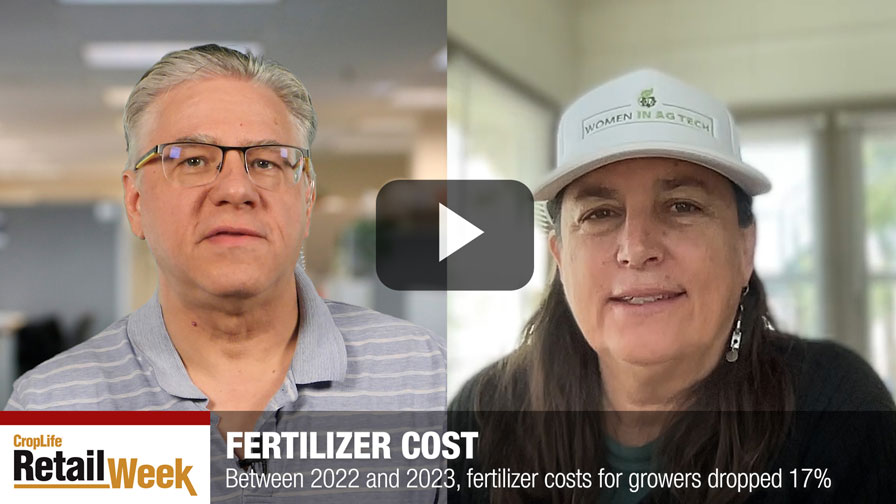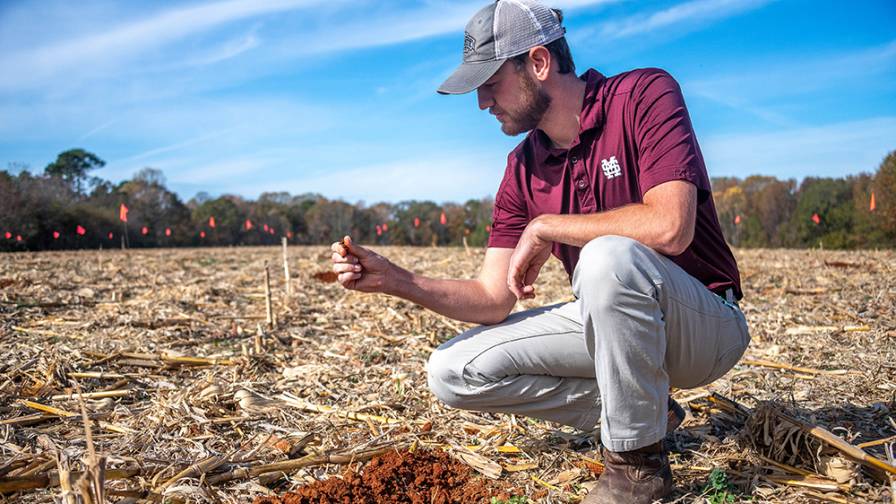GREYSTONE CONSTRUCTION
WHAT THEY NEEDED
ALCIVIA’s new 28,800-ton dry fertilizer facility opened on September 14, 2020. The goals of the expansion project were to bring additional dry fertilizer storage capacity while improving customer service, operational efficiency, and speed of service for members. The increased capacity also allows the cooperative to take larger product positions and capture freight savings.
WHAT WE DESIGNED
The building was designed and built by Greystone Construction. ISG was the civil engineer and VAA was the structural engineer. Construction began in October 2019. At 452 feet long, the building covers 1.5 acres, and the loadoutsection is big enough to pull in a semi and close both overhead doors.
The tower has 250 tons of overhead storage and is fed by a 350-ton-perhour leg and conditioner. The alleyway is 40 feet wide to allow easy access for the payloader, equipped with a 5-yard fertilizer bucket and a 9-yard rollout bucket for grain pick-up. The floors of the alleyway are heated to reduce moisture in the spring and summer.
Fertilizer equipment was provided by Sackett-Waconia, and automation equipment was provided by Kahler Automation. Sackett-Waconia manufactured the 200-ton-per-hour High Intensity Mixer, which is used for precision fertilizer blending and designed to eliminate “dead zones” by keeping every particle in motion. Mixing times run about 10 minutes for a 25-ton semi load. The mixer is able to achieve such high speeds because of dual overhead 4-ton weigh hoppers and an 8-ton surge hopper underneath.
The highly effective blending system handles the liquid fertilizer impregnation, which is the process of applying coatings and other liquid additives to fertilizer granules. The inbound system can unload either rail or truck at 600 tons per hour, and the tunnel for the inbound system is 20 feet deep to allow for the equipment needed to unload cars at the speed required to benefit from unit trains. Rail cars can be moved and positioned before doors are shut to speed up the unloading process.
































